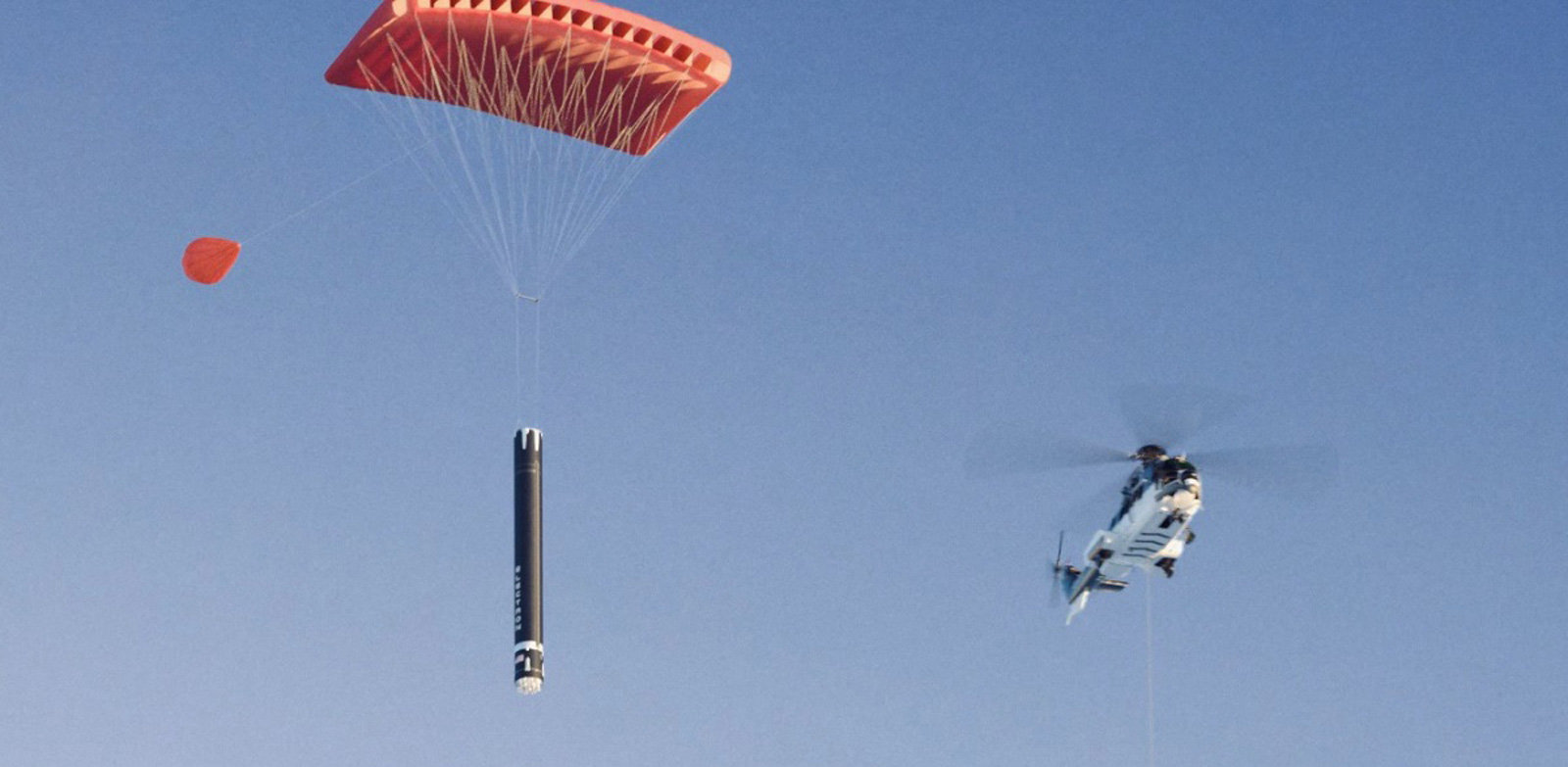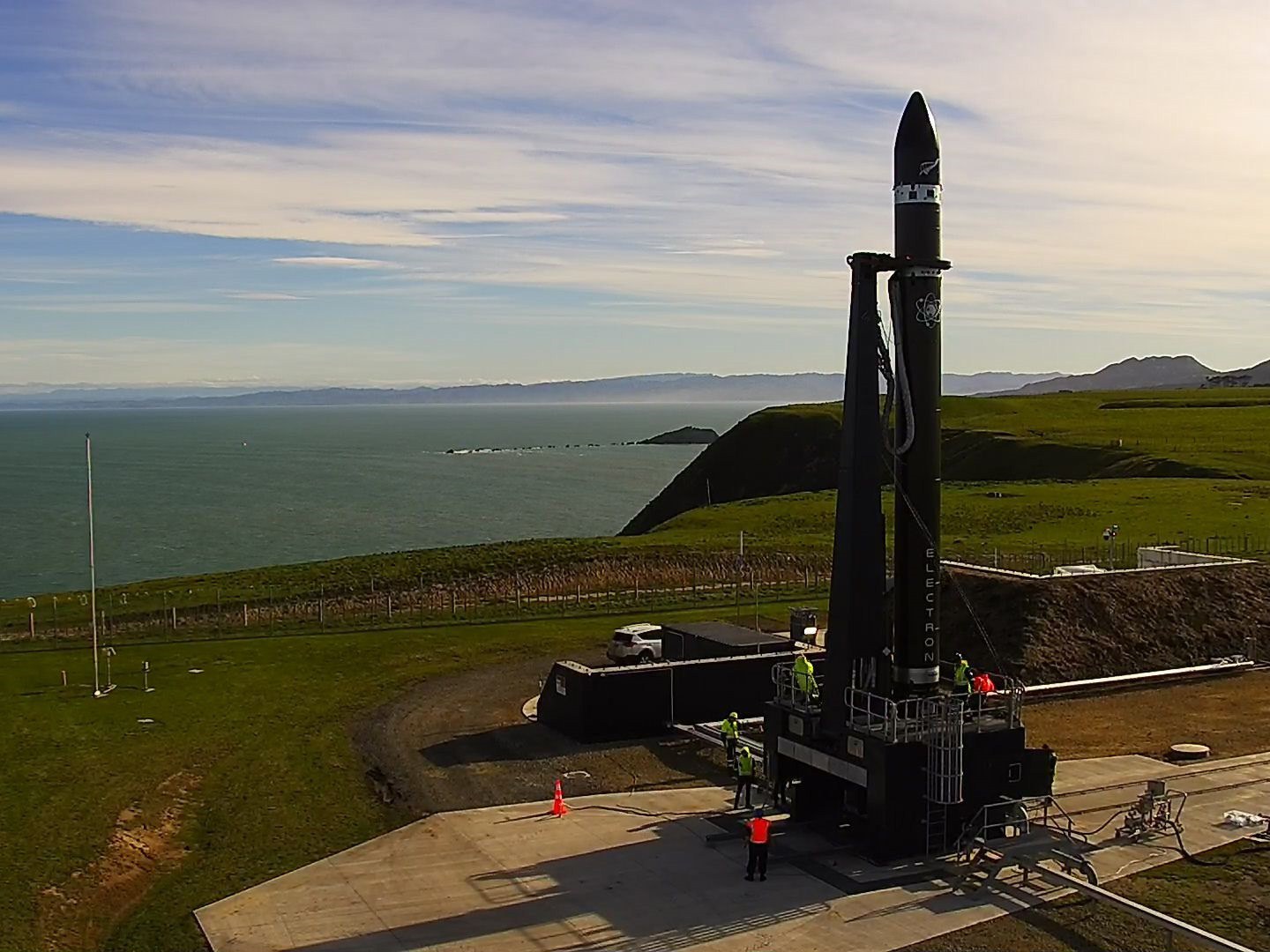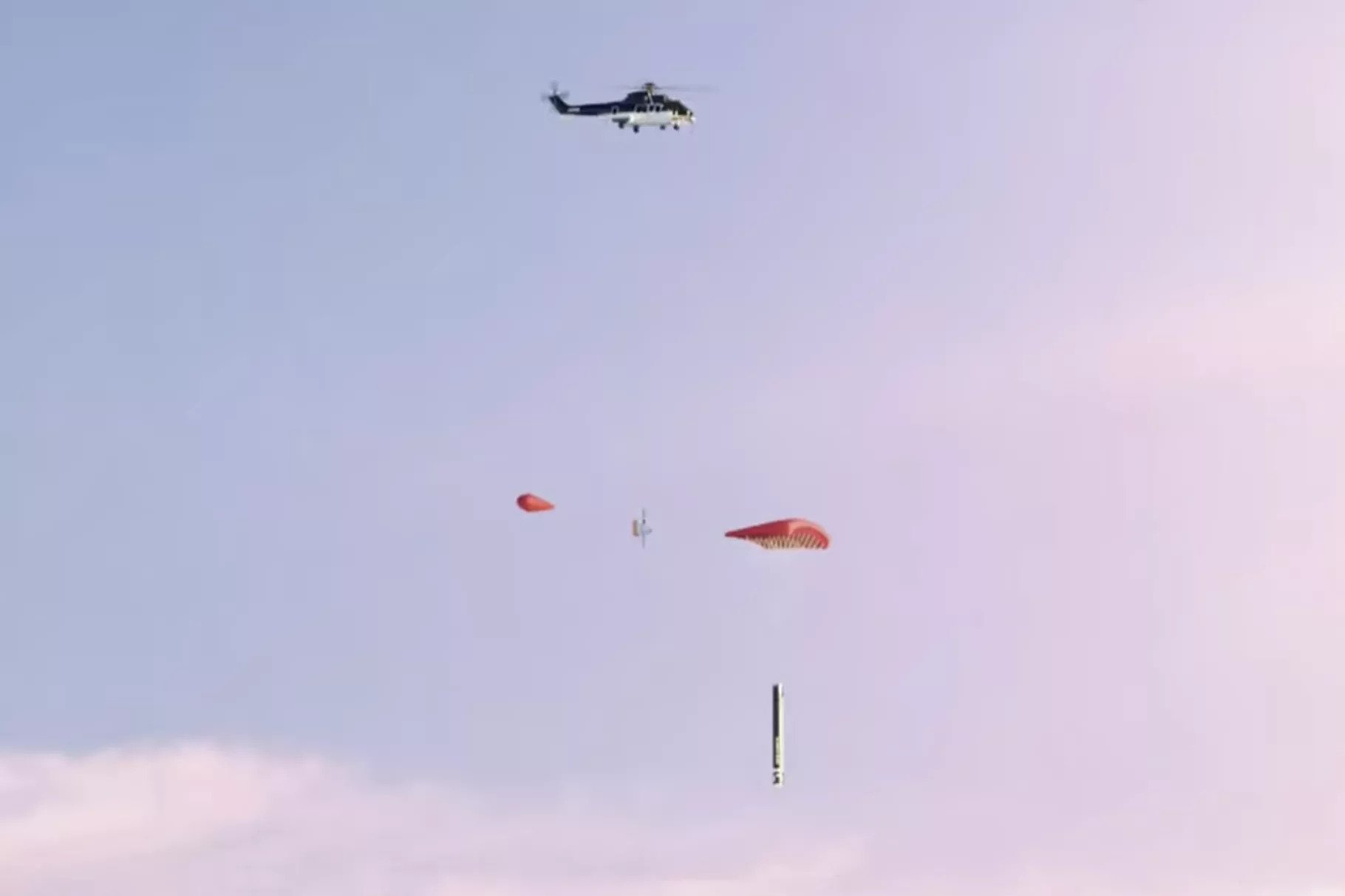
Two years ago, aerospace manufacturer SpaceX stunned the world by landing its reusable booster engine — the biggest and most costly part of the rocket used to power spacecrafts into low orbit — on an autonomous drone ship in the Atlantic Ocean. Now, California-based startup Rocket Lab, has come up with an even bolder idea: using parachutes and helicopters to capture the returning booster, or first stage as it is often called, in midair!
Rocket Lab's decision to avoid the “propulsive,” or vertical, landing used by SpaceX stems from its business model to keep its Electron rockets small and cost-effective. Standing just 57 feet (17 meters) tall, they are designed to deliver smaller payloads of about 500 lbs (225 kilograms) for a "mere" $5 million a liftoff. In contrast, the SpaceX Falcon 9 rocket, which measures 229 feet (70 m) tall and can lift up to 50,000 pounds, costs about $62 million a mission. "We're not in the business of building medium-sized launch vehicles," Rocket Lab CEO Peter Beck said. "We're in the business of building small launch vehicles for dedicated customers to get on orbit frequently."

Similar to other rockets, the Electron splits into two once it reaches outer space. While the top part, carrying the cargo, continues on to its final destination, the booster engine falls back to Earth. The company envisions deploying a ballute — a parachute-like braking device — to quickly slow down the booster's supersonic speed upon its reentry into the atmosphere. Once it slows down to a reasonable pace, a helicopter will grab the rocket from midair and deposit it onto an awaiting ship to transport to the company's headquarters for repair and relaunch. According to Beck, “The grand goal here is if we can capture the vehicle in wonderful condition, in theory, we should be able to put it back on the pad, charge the batteries up, and go again.”
The idea, still in the concept stage, will become one step closer to becoming a reality during Electron's next launch, scheduled for sometime around November 25, 2019. Though the company will not attempt to recover the rocket on this flight, they will carefully observe its reentry to determine the optimal way to slow down its speed. “We’re doing basically everything except popping parachutes,” Beck said. "Engineers will monitor the first stage as it reenters, testing its ability to guide its descent."

Rocket Lab is not the only launch-service provider hoping to capture its booster engines in midair. Colorado-based United Launch Alliance plans to use a hypersonic inflatable aerodynamic decelerator to slow down its engines upon reentry, before deploying a parachute and helicopter to swoop them up.
Resources: Space.com, Wired.com, endgadget.com
